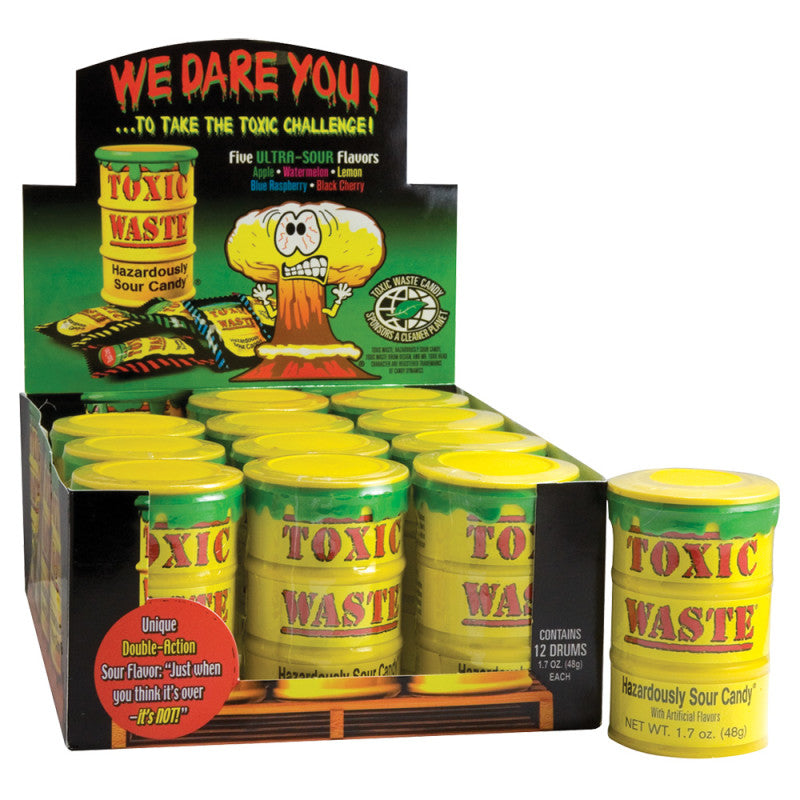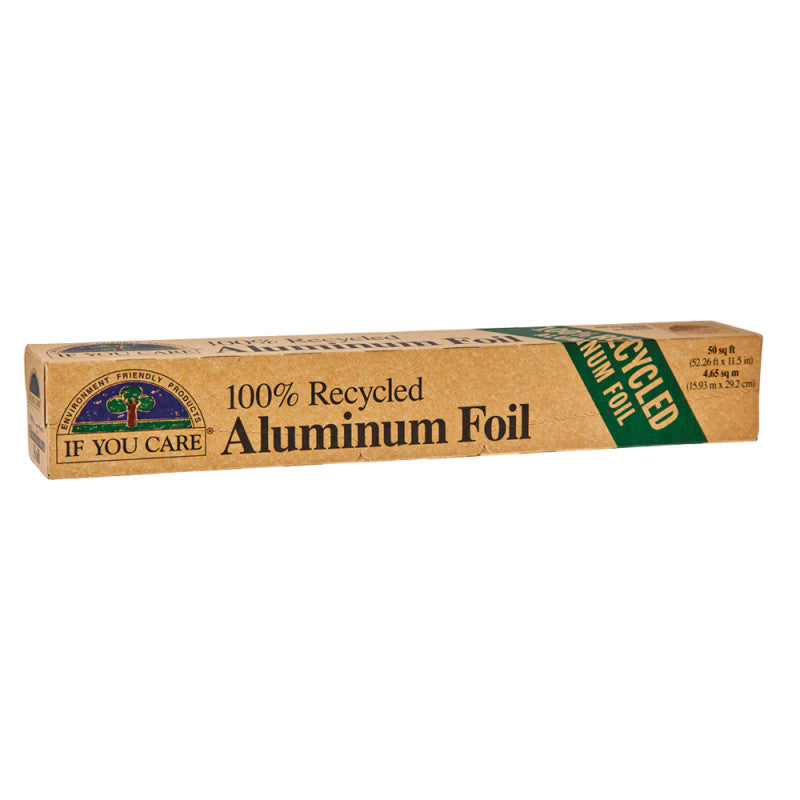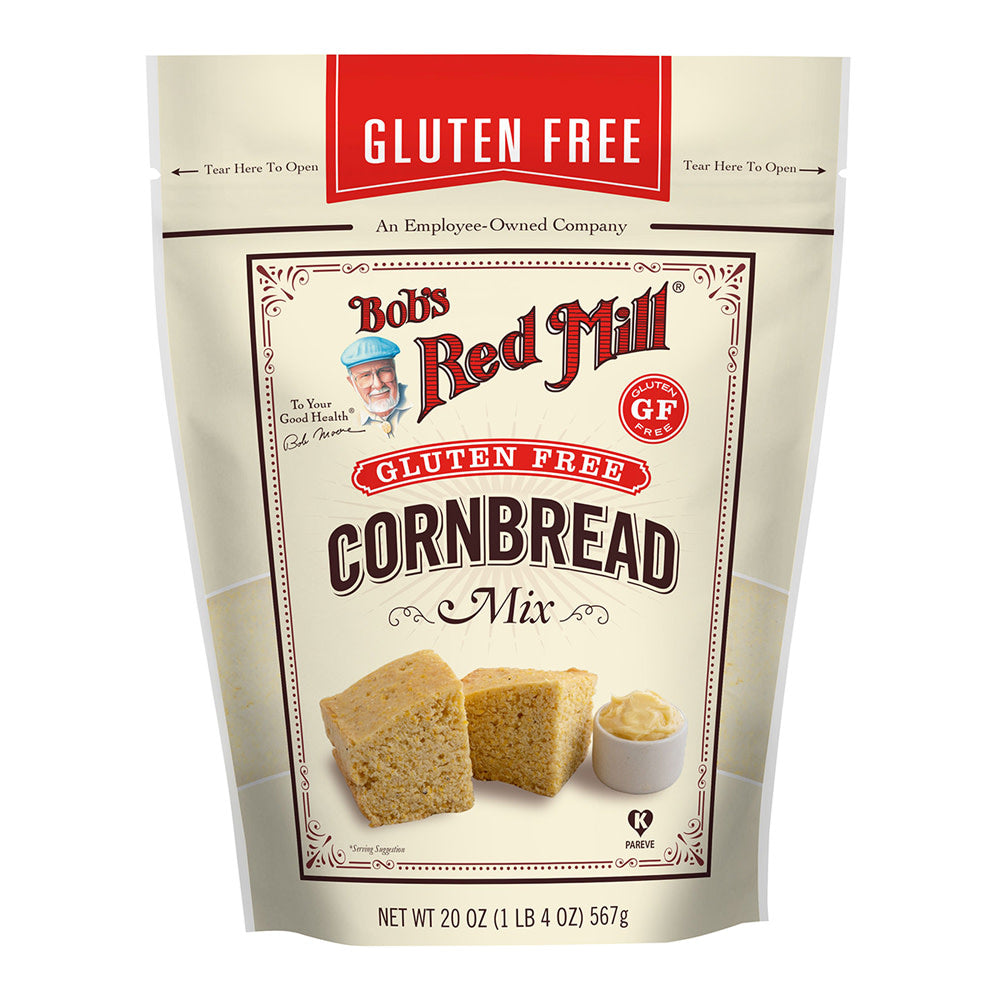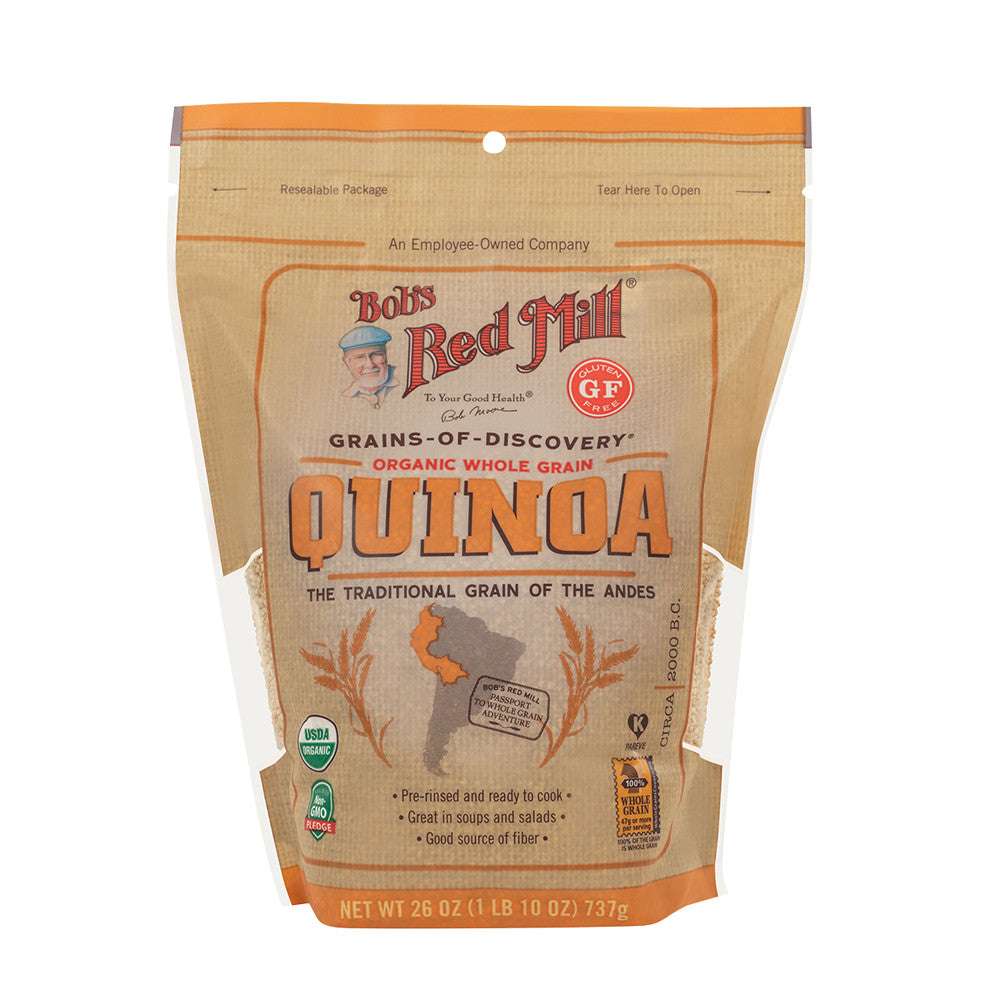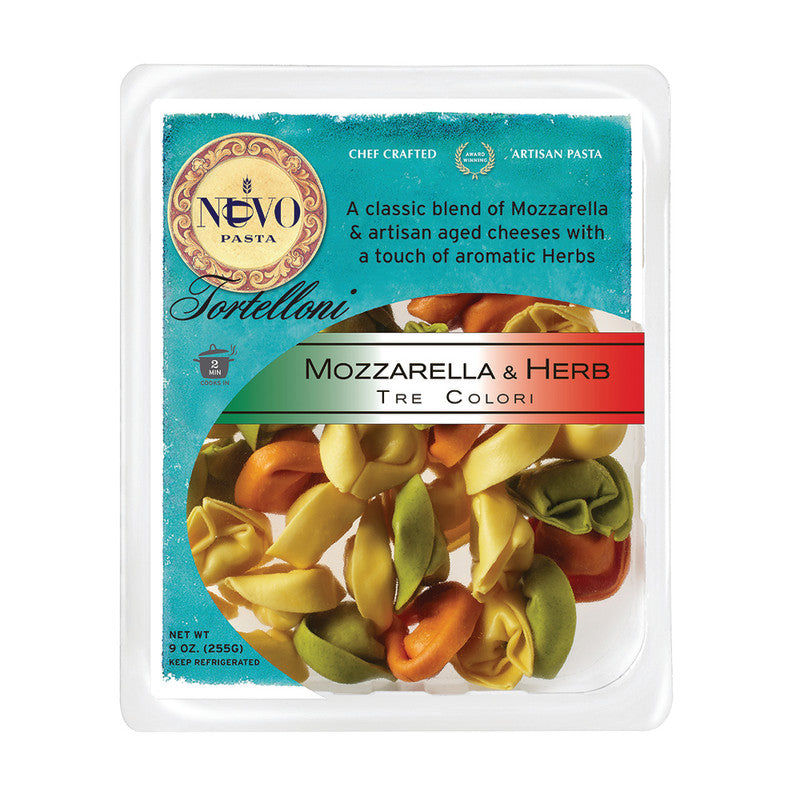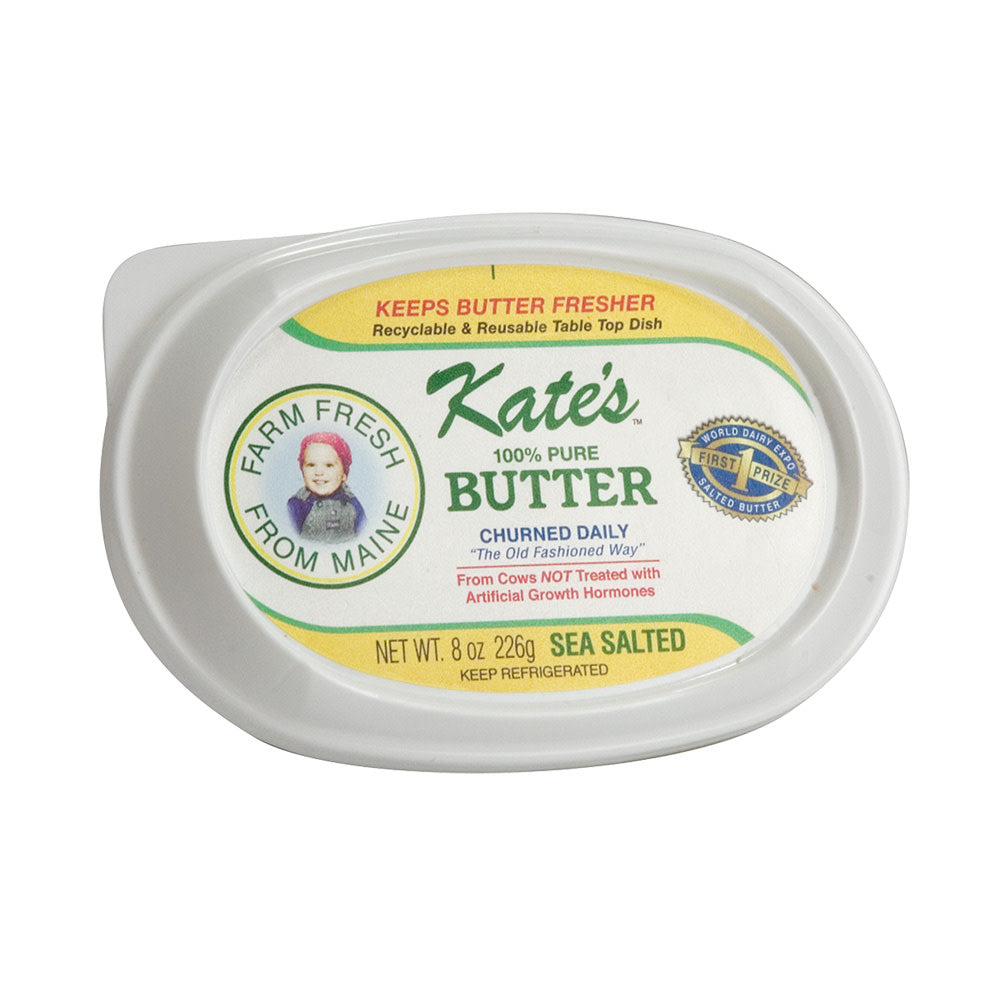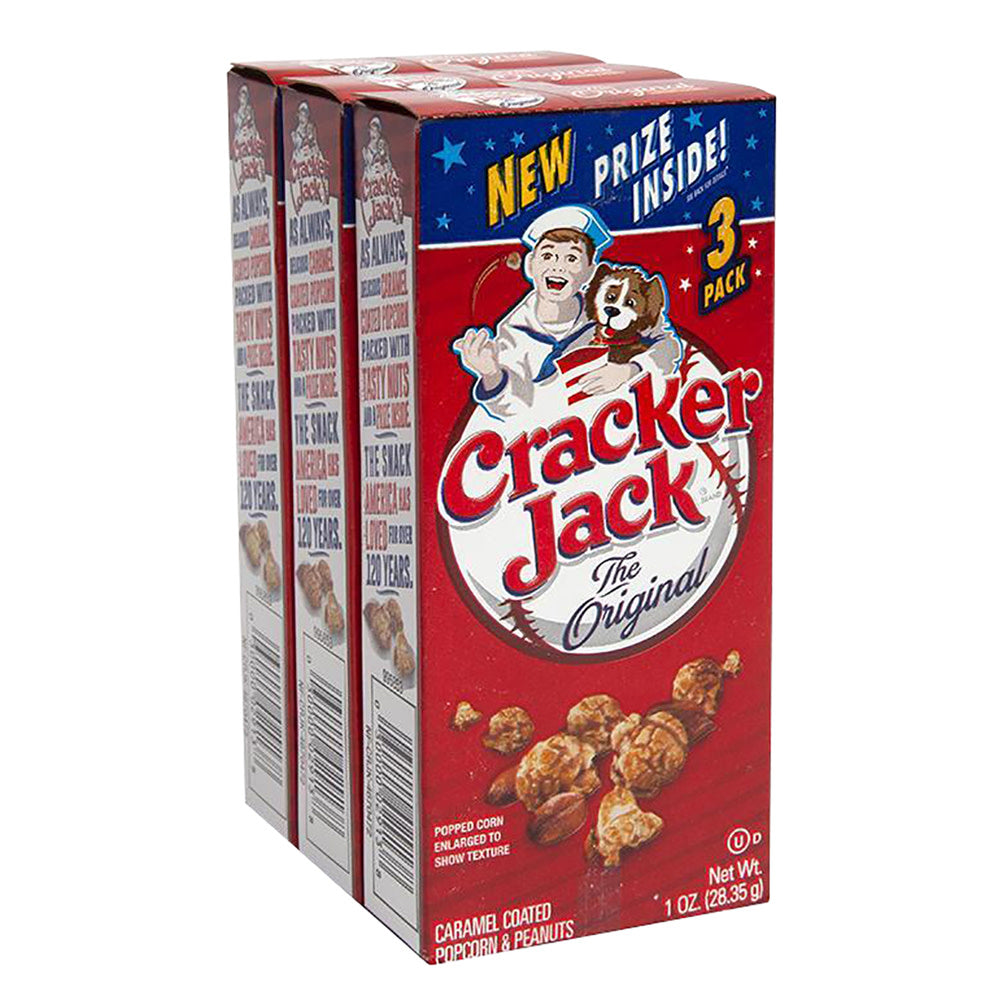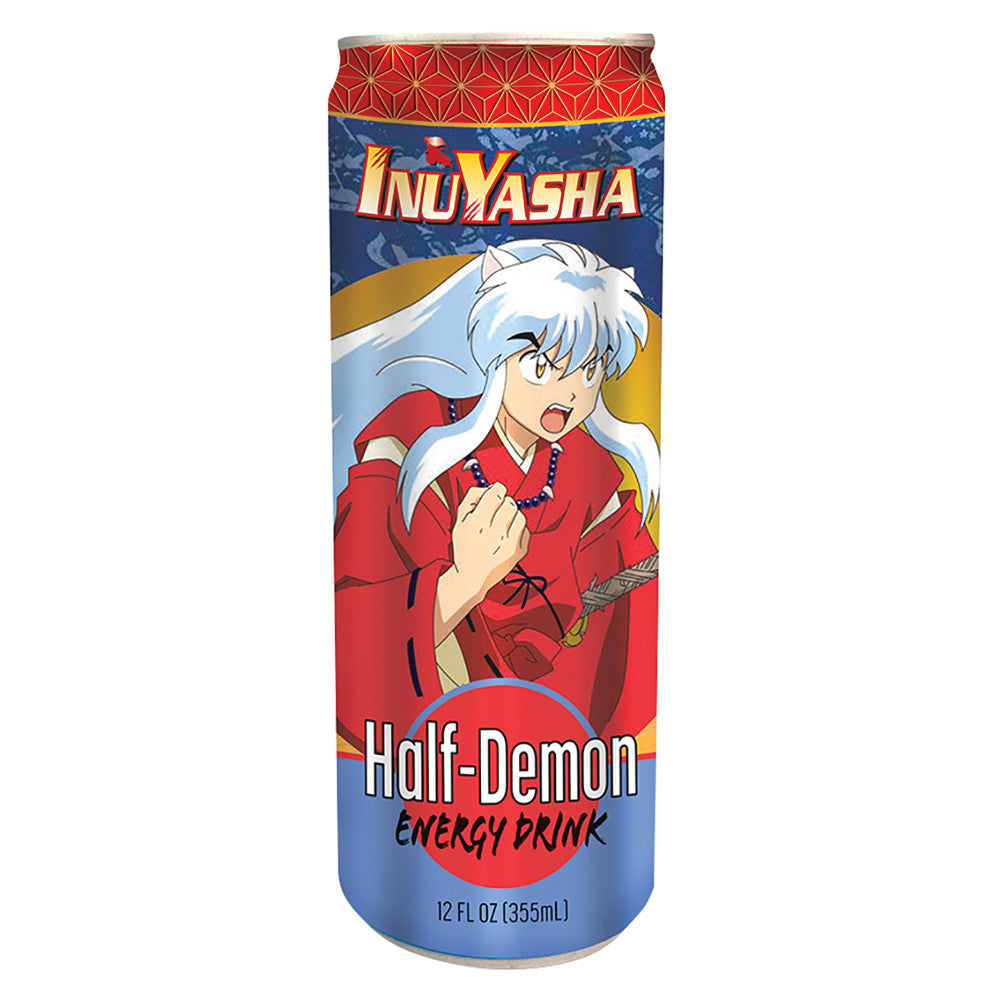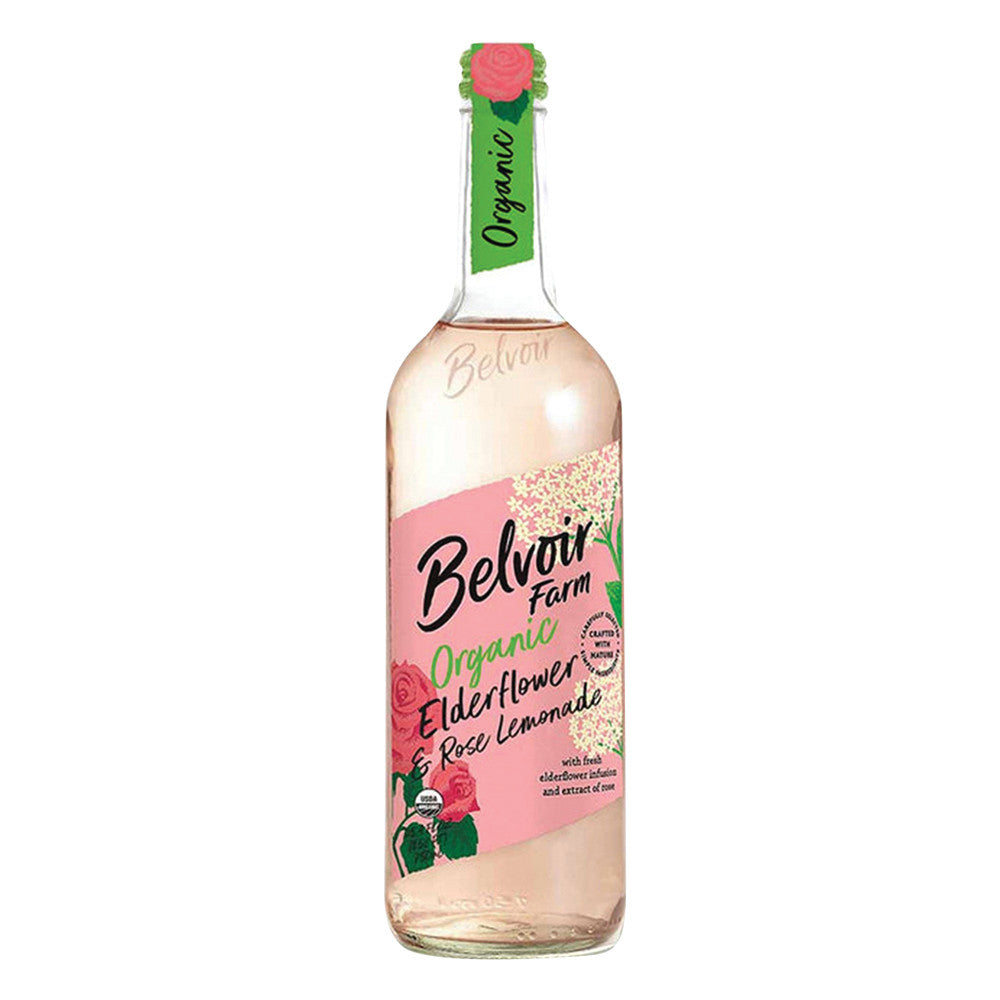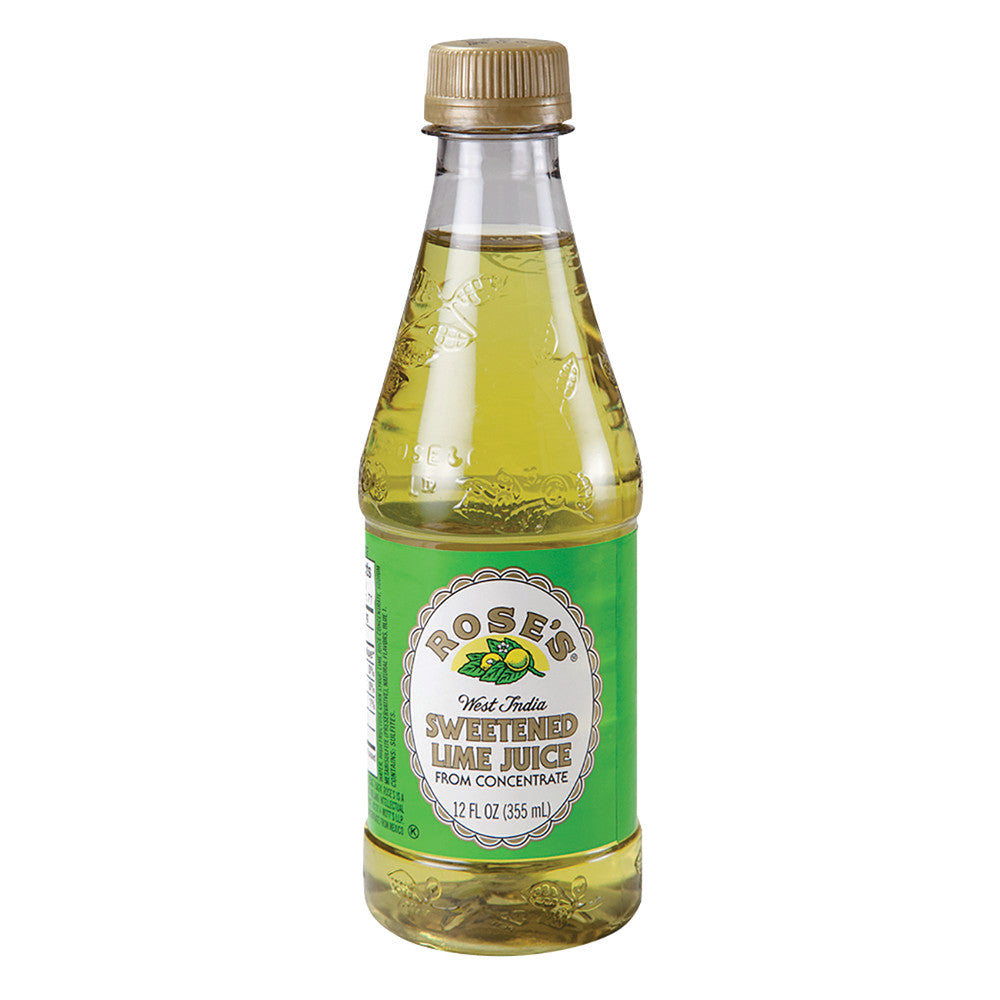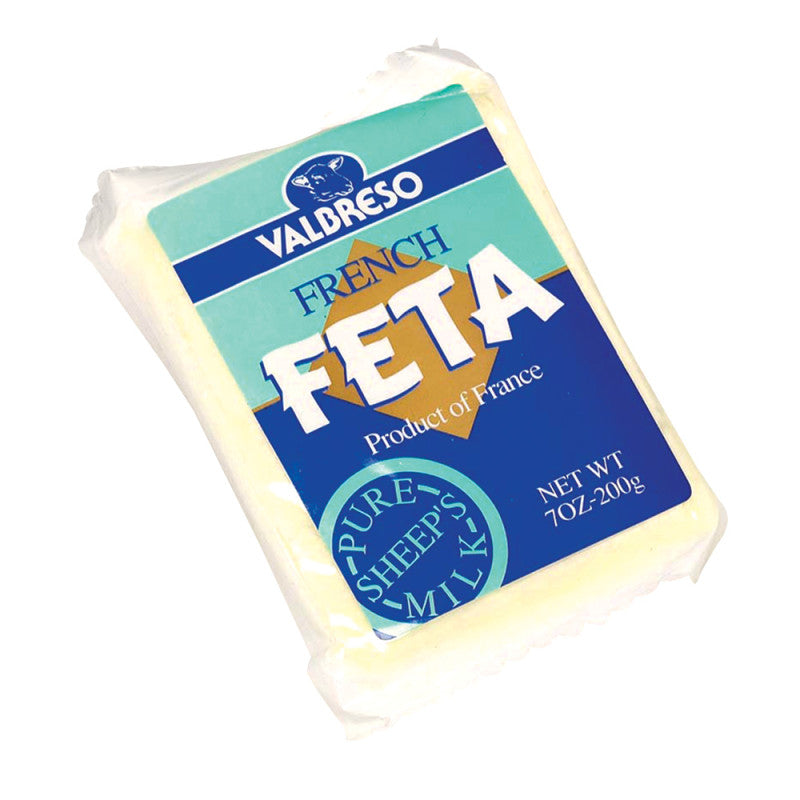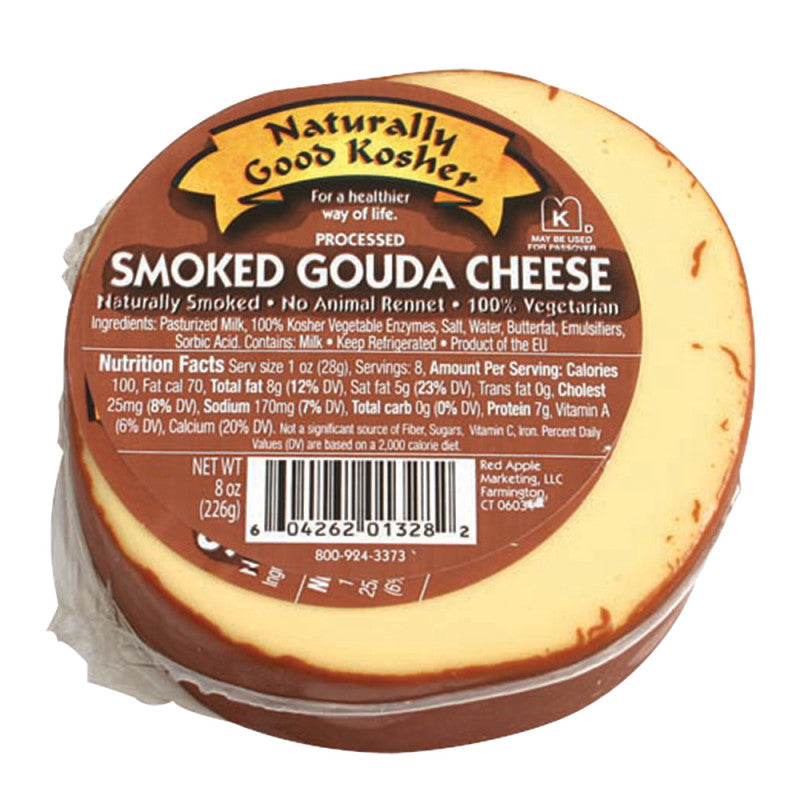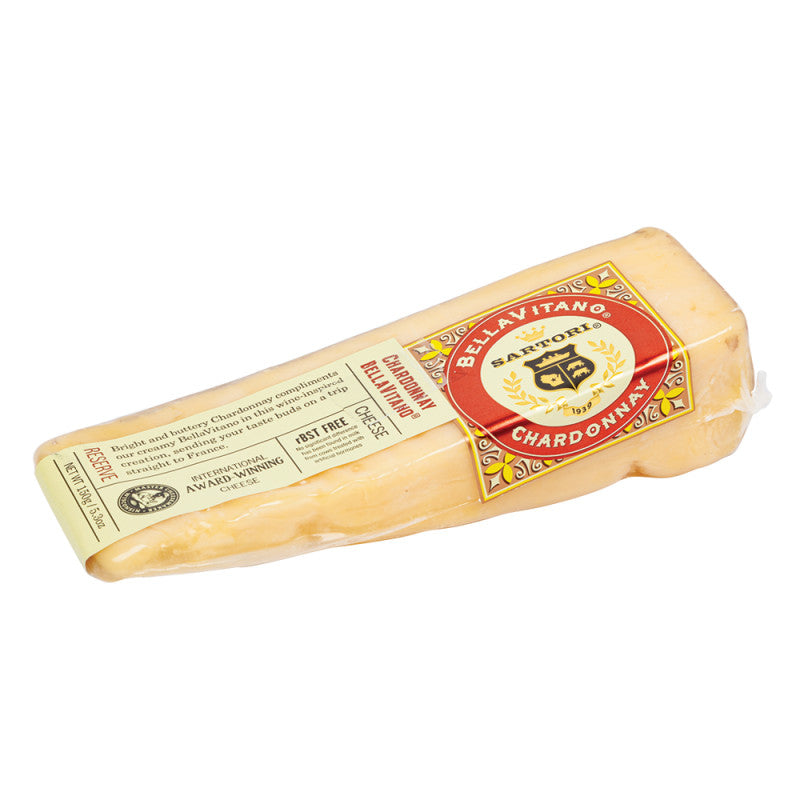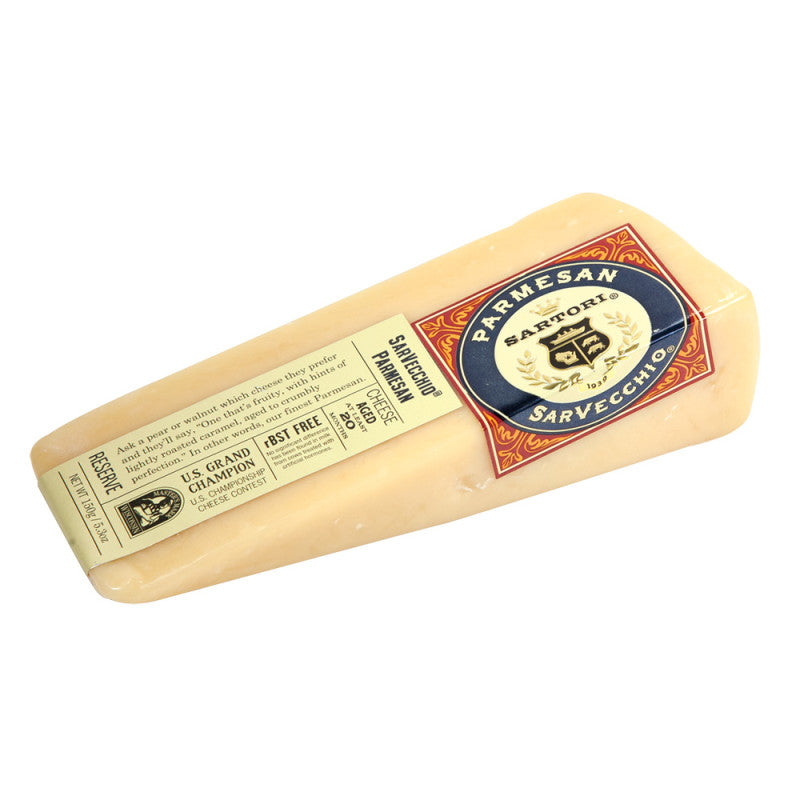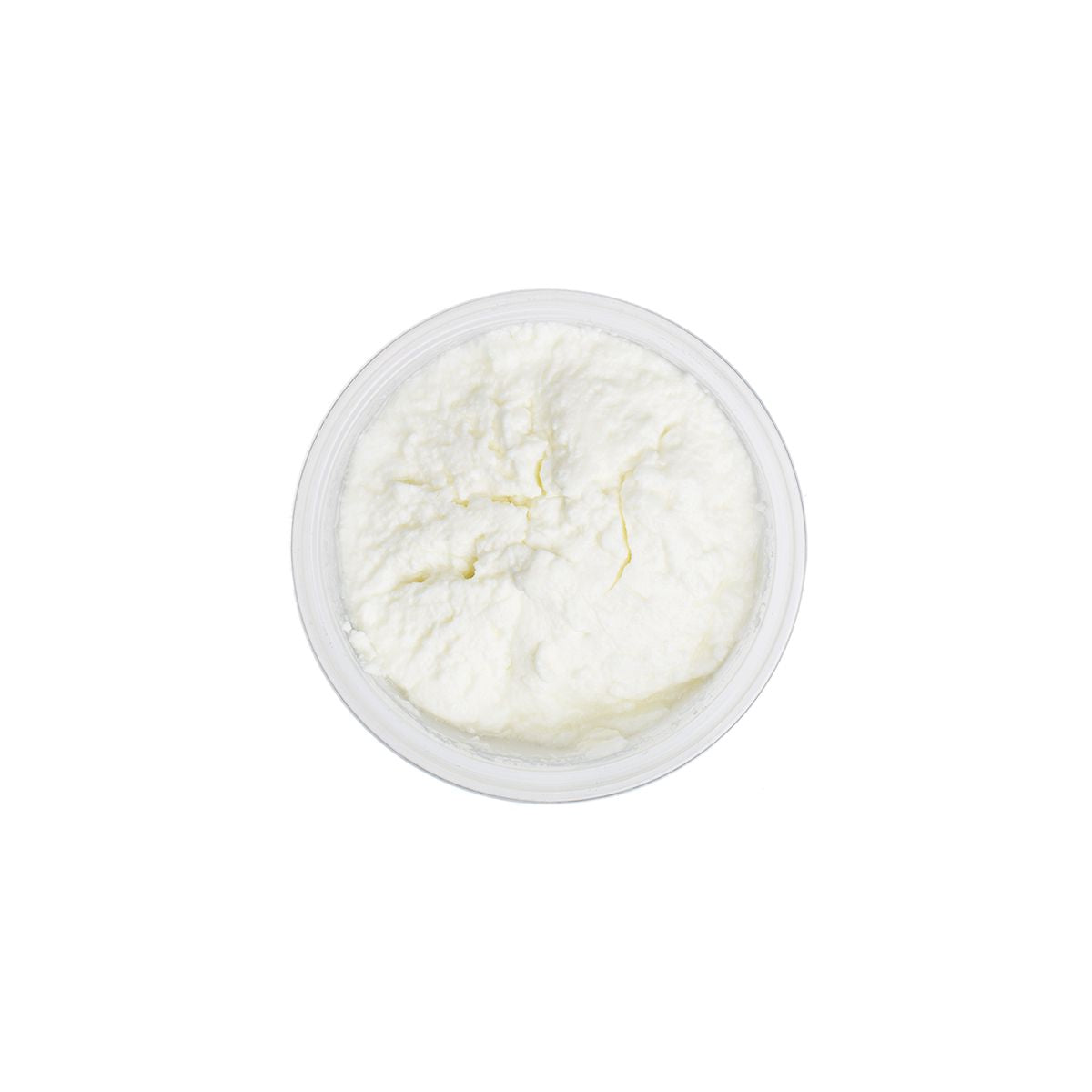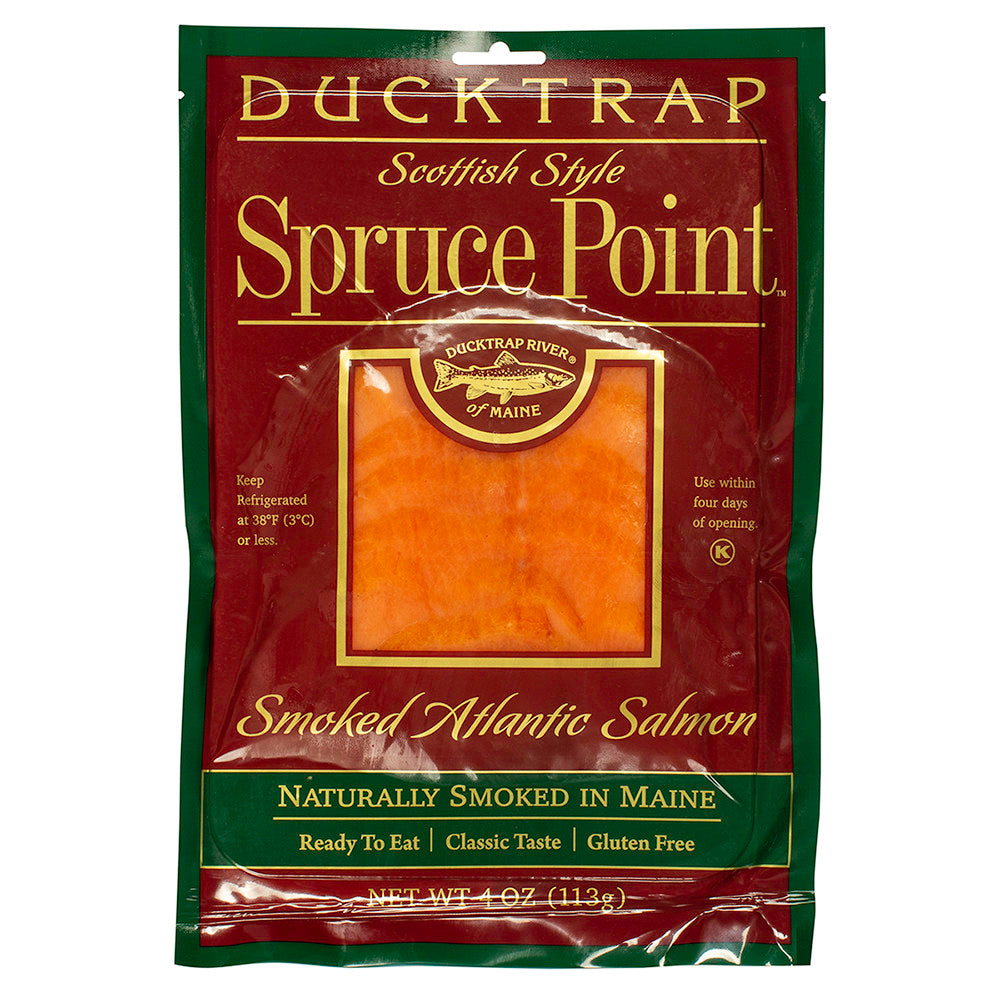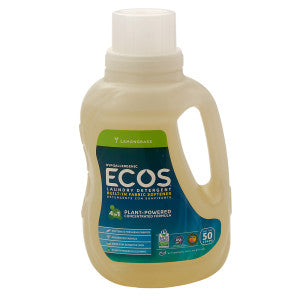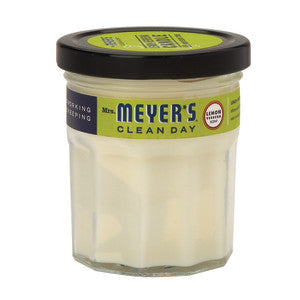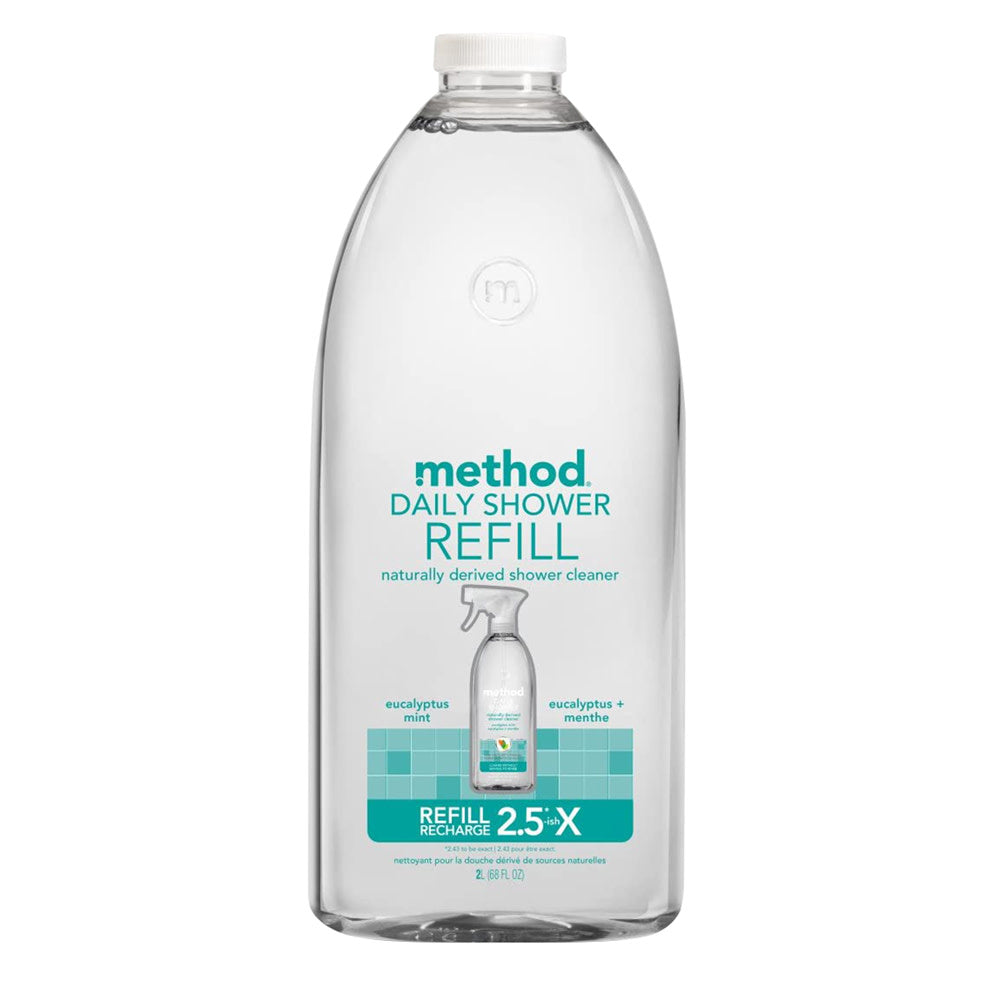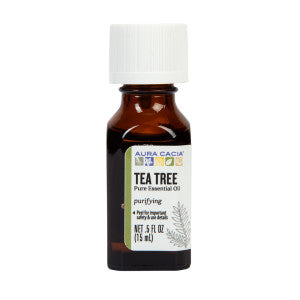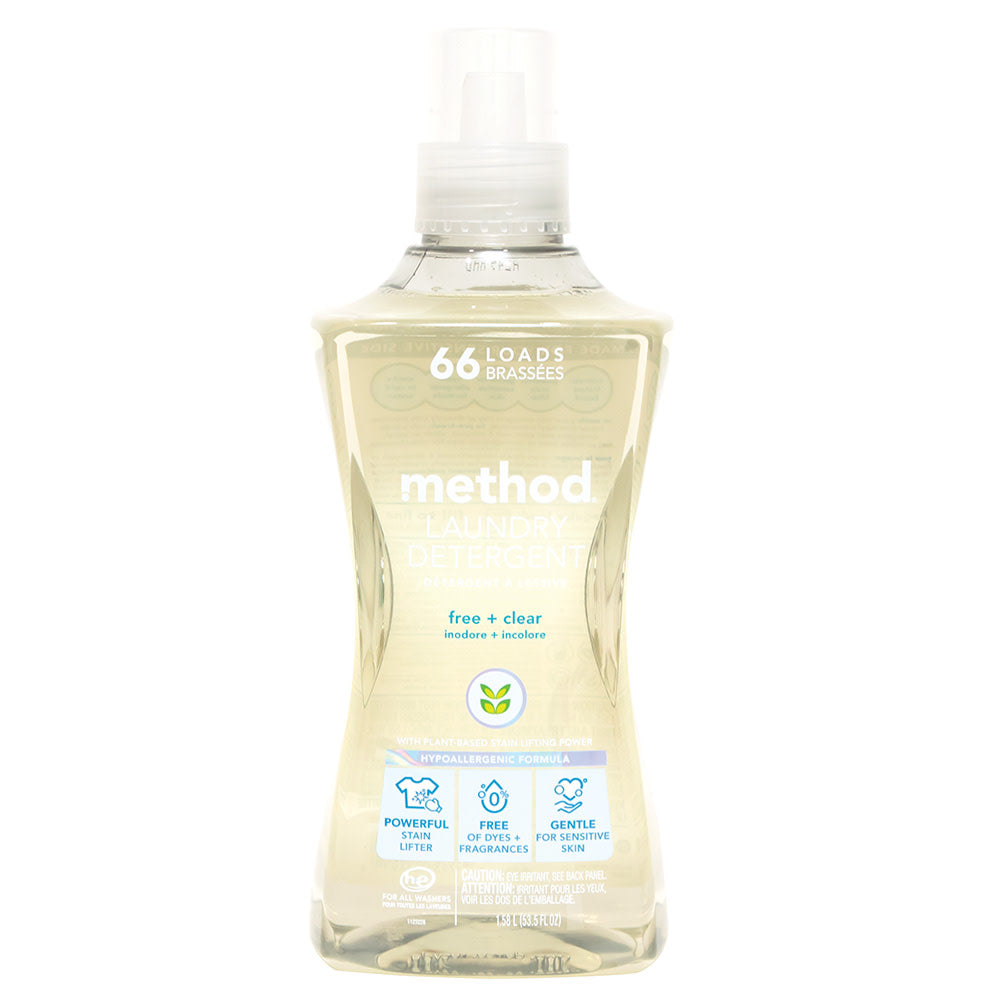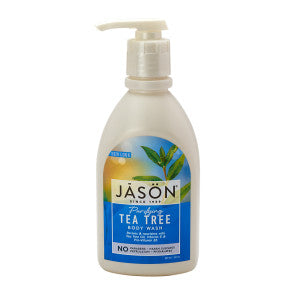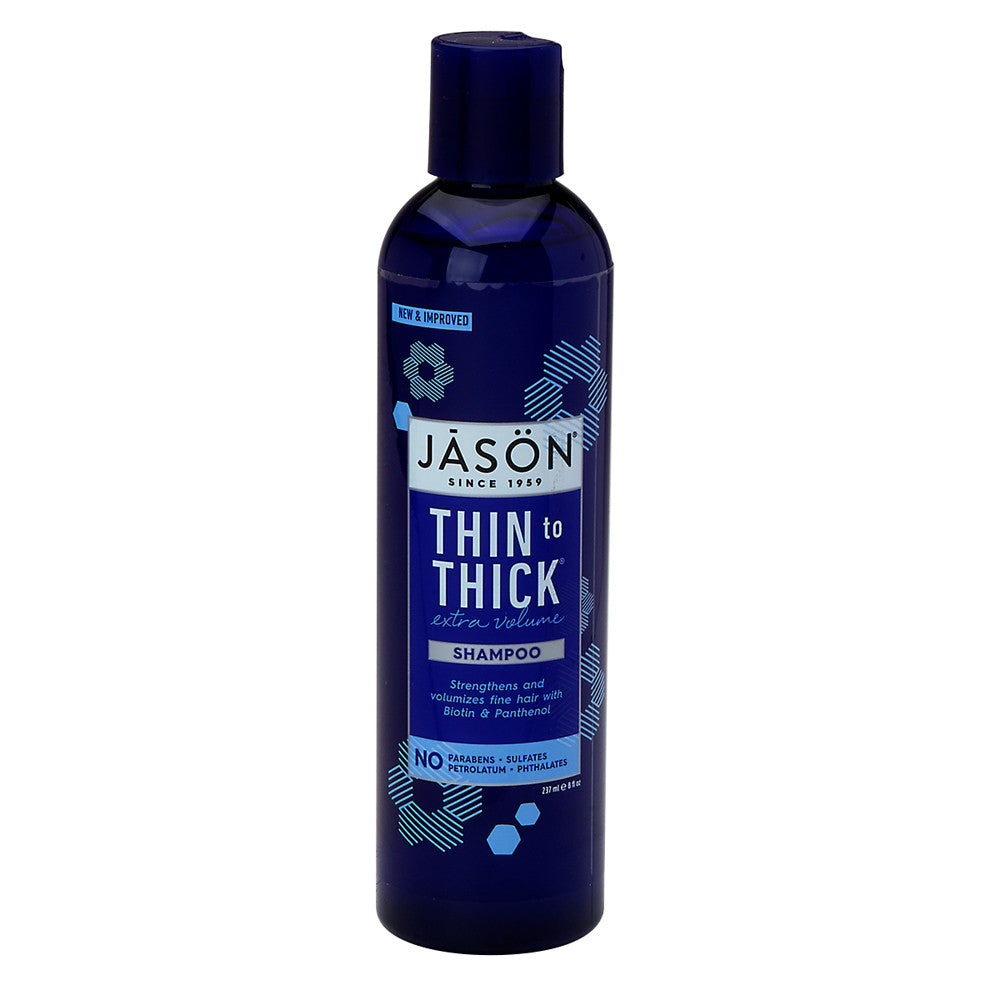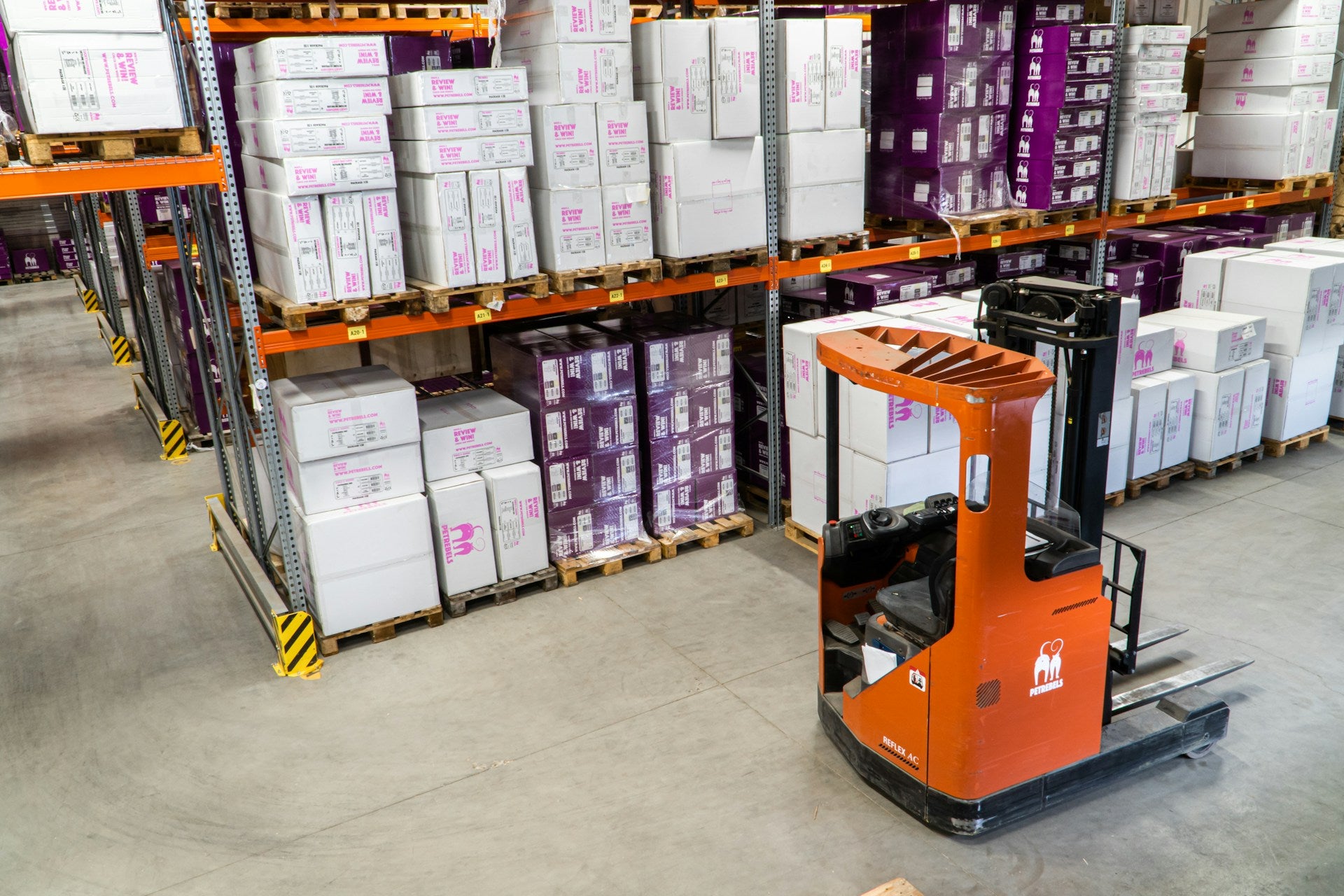This article is tailored for small and medium-sized business owners, entrepreneurs, and individuals involved in the retail, wholesale, or e-commerce industries. It serves as a valuable resource for those seeking to expand their knowledge of purchasing terminology and industry practices.
Aspiring entrepreneurs and students studying business, marketing, or supply chain management can also benefit from this article. It provides insights into the complexities of purchasing and equips readers with the essential vocabulary to navigate this realm confidently.

Importance of understanding purchasing terms
As a business owner, having a firm grasp of purchasing terminology is essential. These terms define the rules and practices that govern transactions between suppliers, wholesalers, and retailers. Clarity in communication is key to successful negotiations and adherence to industry standards. Mastering this vocabulary ensures efficient operations and contributes to the profitability of your business.
Understanding purchasing terms eliminates confusion and miscommunication. It enables you to negotiate better deals, comply with regulations, and build strong relationships with your suppliers. Ultimately, this knowledge empowers you to make informed decisions that drive your business forward.
Benefits of buying wholesale and retail
Buying wholesale offers significant advantages. Lower unit costs and bulk discounts can lead to higher profit margins and increased competitiveness. Stocking a diverse inventory becomes more feasible, allowing you to cater to a wider range of customer needs.
Retail purchases provide flexibility. You can test new products without committing to large quantities, respond to fluctuating demand, and cater to specific customer needs. This approach minimizes risk and ensures you can adapt to market changes quickly.
Striking the right balance between wholesale and retail buying is crucial. Evaluate your business goals, inventory needs, and customer demands to determine the optimal strategy.

Key Wholesale Terms:
Wholesaler
A wholesaler is an intermediary in the supply chain that purchases products directly from manufacturers or producers and resells them to retailers or other businesses in bulk quantities. Wholesalers play a crucial role in the distribution process, acting as a bridge between suppliers and buyers. Examples of wholesalers include food service distributors, apparel wholesalers, and electronics distributors.
Wholesale price
The wholesale price, also known as the trade price or supplier price, is the amount charged by a wholesaler or manufacturer to retailers or other businesses for their products. It is typically lower than the retail price, as it does not include additional markups or costs associated with the retail sale. For instance, a wholesaler might sell a case of 24 canned goods to a grocery store for $15, while the retail price for an individual can could be $1 or more.
Bulk
In the context of purchasing, bulk refers to buying products in large quantities, usually at a discounted rate compared to individual or smaller purchases. Bulk sizes can vary depending on the industry and product, but they typically involve case quantities, pallets, or large containers. Buying in bulk offers several benefits for businesses, including lower unit costs, reduced packaging waste, and the ability to maintain a consistent inventory level.
Minimum order quantity (MOQ)
A minimum order quantity (MOQ) is the lowest amount of a product that a supplier or manufacturer is willing to sell to a buyer. It is a common practice in the wholesale industry, and the reasons for setting an MOQ can vary. Some suppliers may have minimum production runs or need to meet certain order volumes to make a profit. Others may use MOQs to manage inventory levels and avoid excessive small orders. As a business owner, meeting the MOQ can be challenging, especially when starting out. Strategies to overcome this include bundling products, finding alternative suppliers with lower MOQs, or partnering with other businesses to combine orders.
Volume discount
A volume discount, also known as a bulk discount, is a pricing incentive offered by suppliers or manufacturers to encourage buyers to purchase larger quantities of a product. The more units a buyer orders, the lower the per-unit cost becomes. Volume discounts are typically calculated as a percentage discount off the regular price or a set price break at certain quantity thresholds. For example, a supplier might offer a 10% discount for orders over 1,000 units or a discounted price of $2 per unit for orders over 5,000 units, compared to the regular price of $2.50 per unit.
Dropshipping
Dropshipping is a retail fulfillment method in which a business does not keep products in stock. Instead, when a customer places an order, the business purchases the item from a third-party supplier, who then ships the product directly to the customer's address. The primary advantage of dropshipping is that it eliminates the need for businesses to maintain inventory or operate a warehouse, reducing overhead costs. However, dropshipping can also lead to longer shipping times, potential quality control issues, and lower profit margins due to the involvement of multiple parties. To dropship successfully, businesses typically partner with reliable suppliers, maintain transparent communication with customers, and implement efficient order processing systems.
Retailer
A retailer is a business or individual that purchases products from wholesalers, manufacturers, or other suppliers and sells them directly to consumers for their personal use or consumption. There are various types of retailers, including brick-and-mortar stores (physical retail locations), online retailers (e-commerce businesses), and hybrid models that combine physical and online presence. Examples of retailers include department stores, specialty stores, supermarkets, and online marketplaces.
Retail price
The retail price, also known as the selling price, is the amount charged by a retailer to the final consumer for a product or service. Several factors influence the retail price, such as the wholesale cost, overhead expenses (rent, utilities, employee salaries), and desired profit margin. Retailers employ various pricing strategies, including cost-plus pricing (adding a markup to the wholesale cost), competitive pricing (matching or undercutting competitors' prices), and dynamic pricing (adjusting prices based on demand or other factors).
Profit margin
The profit margin is a measure of a business's profitability, representing the amount of revenue that remains after deducting the cost of goods sold and other expenses. It is typically expressed as a percentage of the selling price or revenue. To calculate the profit margin, you divide the net profit (revenue minus expenses) by the revenue and multiply by 100. For example, if a product sells for $100, and the cost of goods and expenses is $70, the profit margin would be (($100 - $70) / $100) x 100 = 30%. Strategies for increasing profit margins include negotiating better wholesale prices, reducing operational costs, increasing sales volume, and implementing effective pricing strategies.
Point of Sale (POS)
A point of sale (POS) system is a combination of hardware and software used by retailers to process customer transactions, track sales, and manage inventory. There are different types of POS systems, including traditional cash registers, computer-based systems, and mobile POS solutions. POS systems offer several benefits for businesses, such as streamlining checkout processes, integrating with inventory management systems, generating sales reports, and accepting various payment methods.
Inventory
Inventory refers to the stock of goods or materials that a business holds for sale or use in production. Effective inventory management is crucial for businesses to meet customer demand while minimizing carrying costs and overstocking. Various inventory management methods exist, including just-in-time (JIT), economic order quantity (EOQ), and material requirements planning (MRP). Inventory turnover, which measures how quickly a business sells and replaces its inventory, is an important metric to monitor as it impacts cash flow and profitability.
Stock Replenishment
Stock replenishment, also known as inventory replenishment, is the process of restocking or refilling inventory levels to meet customer demand. Businesses employ various replenishment strategies, such as periodic review systems (checking stock levels at regular intervals) or continuous review systems (monitoring stock levels in real-time). Automatic reordering systems, which use predetermined reorder points and quantities, can streamline the replenishment process and ensure timely restocking. Effective stock replenishment is essential for maintaining optimal inventory levels, avoiding stockouts, and ensuring customer satisfaction.









